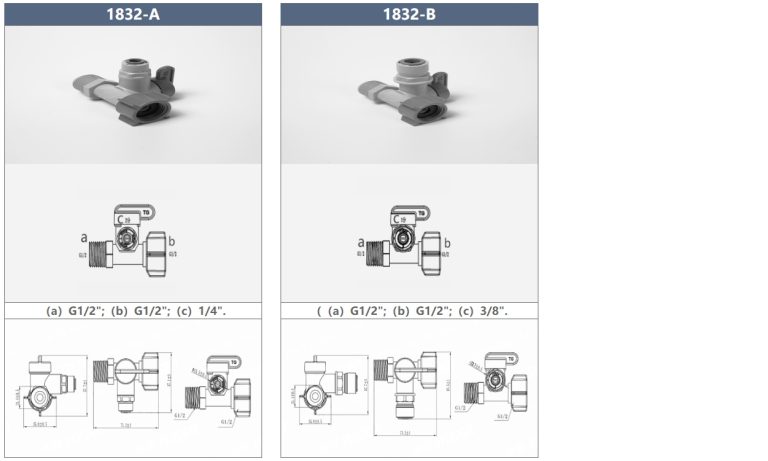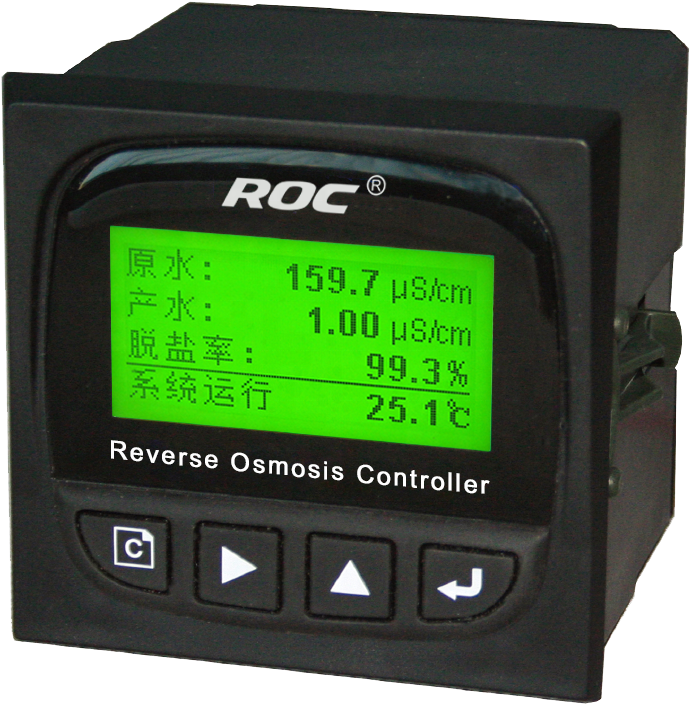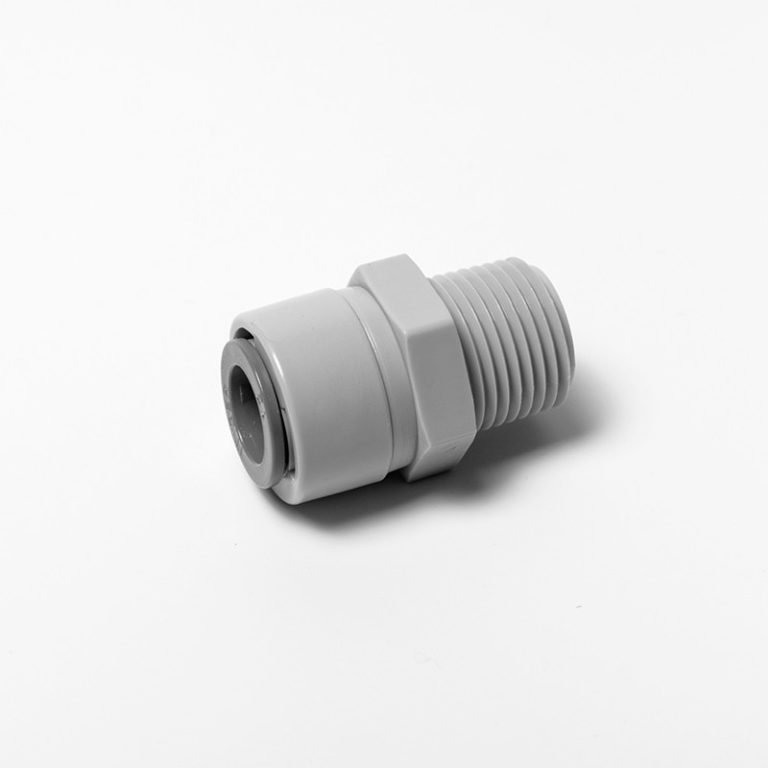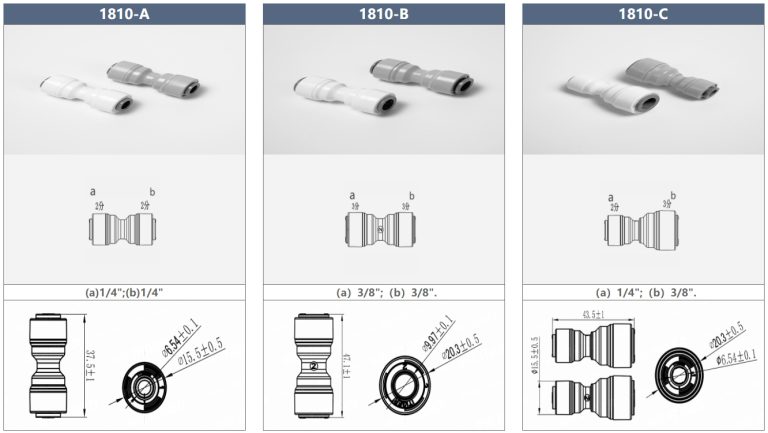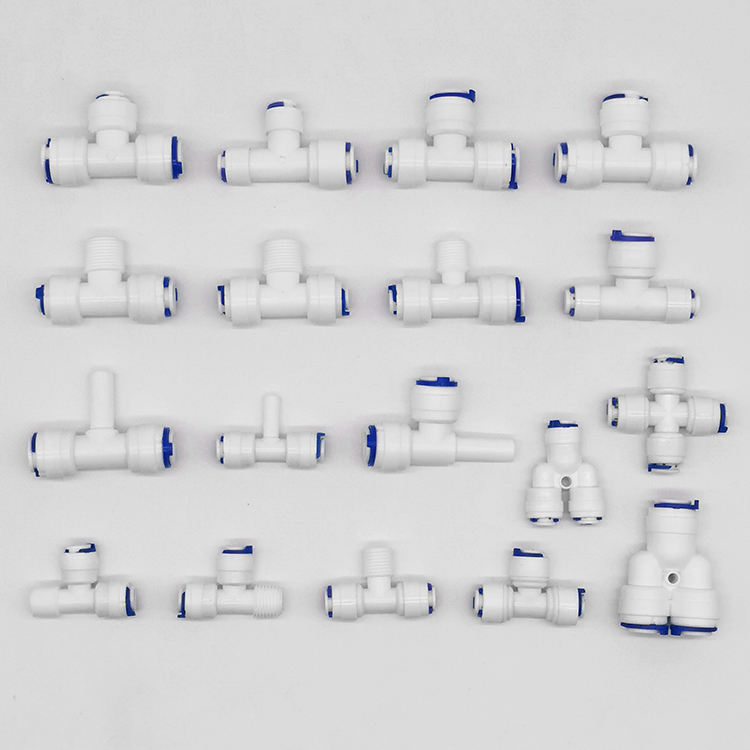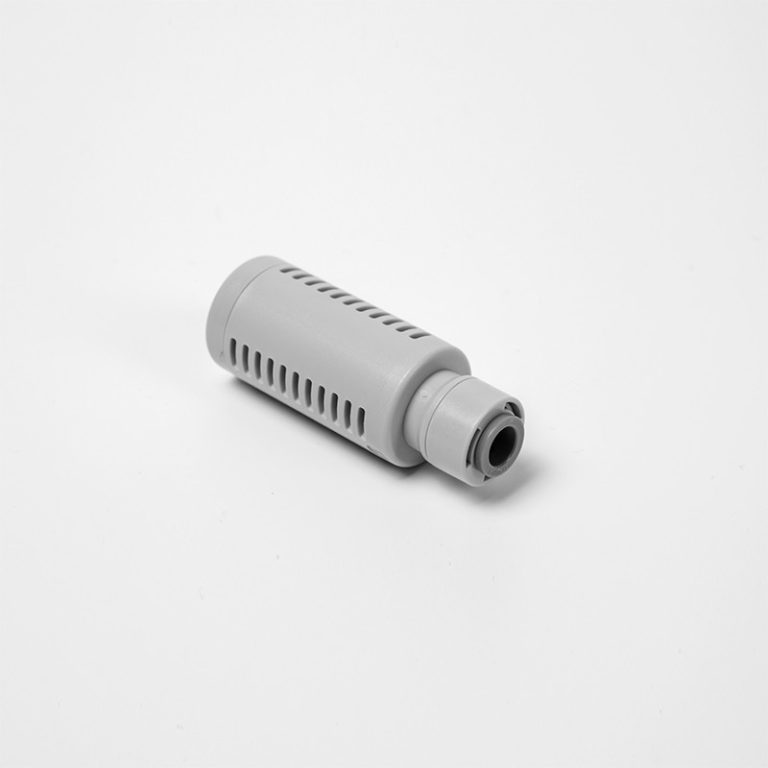Table of Contents
Pros and Cons of Reusing Plastic Plumbing Fittings
Plastic plumbing fittings are commonly used in residential and commercial plumbing systems due to their affordability, durability, and ease of installation. However, there may come a time when you need to replace or repair a section of your plumbing system that involves plastic fittings. This raises the question: can you reuse plastic plumbing fittings?
| Model | Tube(a) | Stem(b) |
|---|---|---|
| 1801-A | 1/4 | 1/4 |
| 1801-C | 1/4 | 3/11 |
There are both pros and cons to reusing plastic plumbing fittings. One of the main advantages of reusing fittings is cost savings. By reusing fittings that are still in good condition, you can avoid the expense of purchasing new ones. This can be especially beneficial if you are working on a tight budget or if the fittings you need are no longer available for purchase.
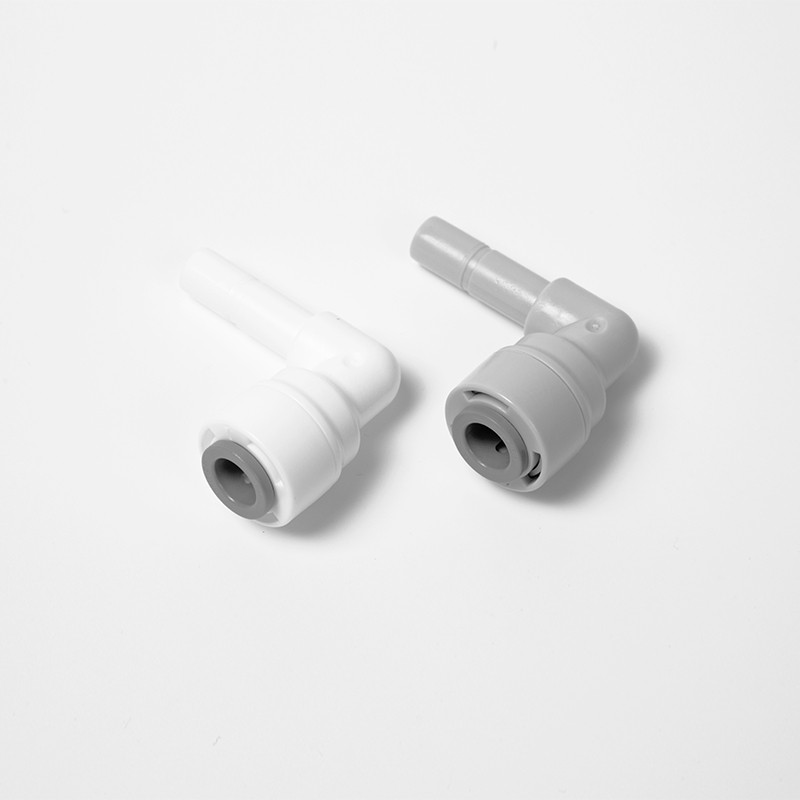
Another advantage of reusing plastic plumbing fittings is that it can be more environmentally friendly. By reusing fittings instead of throwing them away, you are reducing waste and helping to conserve resources. This can be a great option for those who are looking to make their plumbing projects more sustainable.
However, there are also some drawbacks to reusing plastic plumbing fittings. One of the main concerns is the risk of leaks or other issues arising from using fittings that may be worn or damaged. Over time, plastic fittings can become brittle or develop cracks, which can lead to leaks and other problems in your plumbing system. Reusing fittings that are in poor condition can result in costly repairs down the line.
Additionally, reusing plastic fittings may not always be possible or advisable. If the fittings have been glued or cemented in place, they may be difficult to remove without causing damage. In some cases, it may be more practical to replace the fittings entirely rather than trying to salvage them.
When considering whether to reuse plastic plumbing fittings, it is important to carefully inspect the fittings for any signs of wear or damage. Look for cracks, warping, or other issues that could indicate that the fittings are no longer in good condition. If the fittings appear to be in good shape, you may be able to reuse them with confidence.
If you do decide to reuse plastic plumbing fittings, it is important to take proper precautions to ensure that they are installed correctly. Make sure to clean the fittings thoroughly before reusing them, and use the appropriate tools and materials to secure them in place. It may also be a good idea to test the fittings for leaks before completing the installation to ensure that they are functioning properly.
In conclusion, reusing plastic plumbing fittings can be a cost-effective and environmentally friendly option for your plumbing projects. However, it is important to carefully inspect the fittings for any signs of wear or damage and to take proper precautions when installing them. If in doubt, it may be best to replace the fittings entirely to avoid potential issues in the future. Ultimately, the decision to reuse plastic plumbing fittings will depend on the specific circumstances of your project and your comfort level with reusing materials.
How to Properly Clean and Inspect Reused Plastic Plumbing Fittings
Plastic plumbing fittings are commonly used in residential and commercial plumbing systems due to their affordability and ease of installation. However, there may come a time when you need to reuse these fittings, either due to a renovation project or a repair job. The question then arises: can you safely reuse plastic plumbing fittings?
The short answer is yes, you can reuse plastic plumbing fittings, but it is important to take certain precautions to ensure that they are clean and in good condition before reinstalling them. Proper cleaning and inspection of reused plastic fittings are crucial to prevent leaks and other plumbing issues down the line.
To begin the process of reusing plastic plumbing fittings, the first step is to thoroughly clean them. This can be done by soaking the fittings in a solution of warm water and mild detergent. Use a brush to scrub away any dirt, grime, or debris that may have accumulated on the fittings. Rinse the fittings thoroughly with clean water to remove any soap residue.
After cleaning the fittings, it is important to inspect them for any signs of damage or wear. Look for cracks, chips, or other imperfections that could compromise the integrity of the fittings. If any fittings show signs of damage, it is best to replace them with new ones to avoid potential leaks or other plumbing problems.
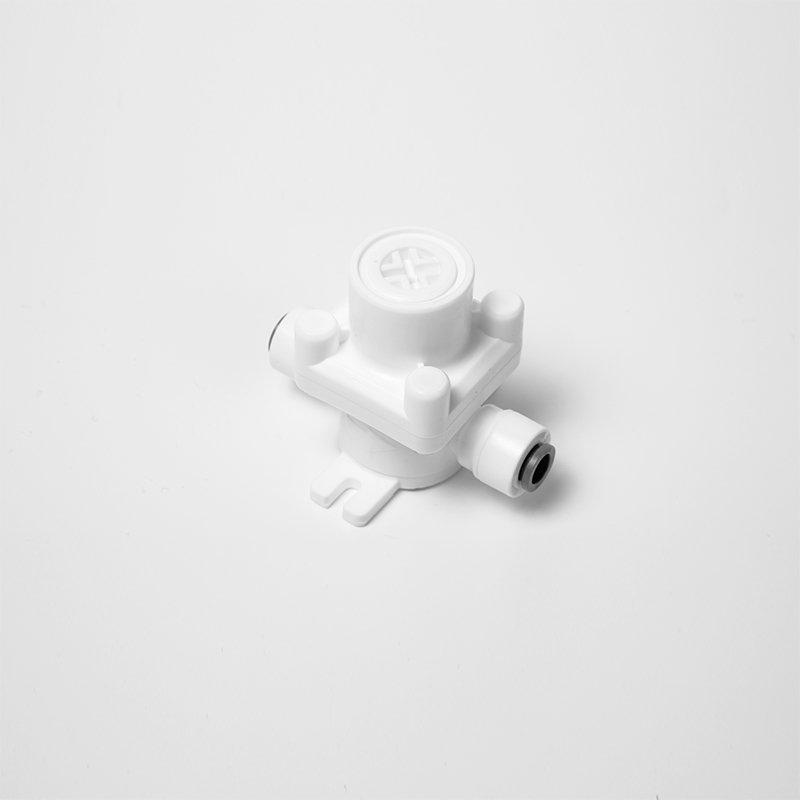
Once the fittings have been cleaned and inspected, it is time to reinstall them in your plumbing system. Make sure to use the appropriate tools and techniques to properly secure the fittings in place. It is also a good idea to use plumber’s tape or sealant to ensure a tight seal and prevent leaks.
After reinstalling the fittings, it is important to test the plumbing system to ensure that everything is working properly. Turn on the water and check for any leaks or other issues. If you notice any problems, it may be necessary to tighten the fittings or make other adjustments to ensure a proper seal.
| Connector Body | POM |
| Connector Collect | POM with ST Teeth (Stainless Steel) |
| Connector Cap | POM |
| Double O-Rings | NBR |
In conclusion, reusing plastic plumbing fittings is possible, but it is important to take the necessary steps to clean and inspect them properly before reinstalling them in your plumbing system. By following these guidelines, you can ensure that your plumbing system remains leak-free and in good working condition. Remember to always prioritize safety and quality when working with plumbing fittings to avoid any potential issues in the future.

